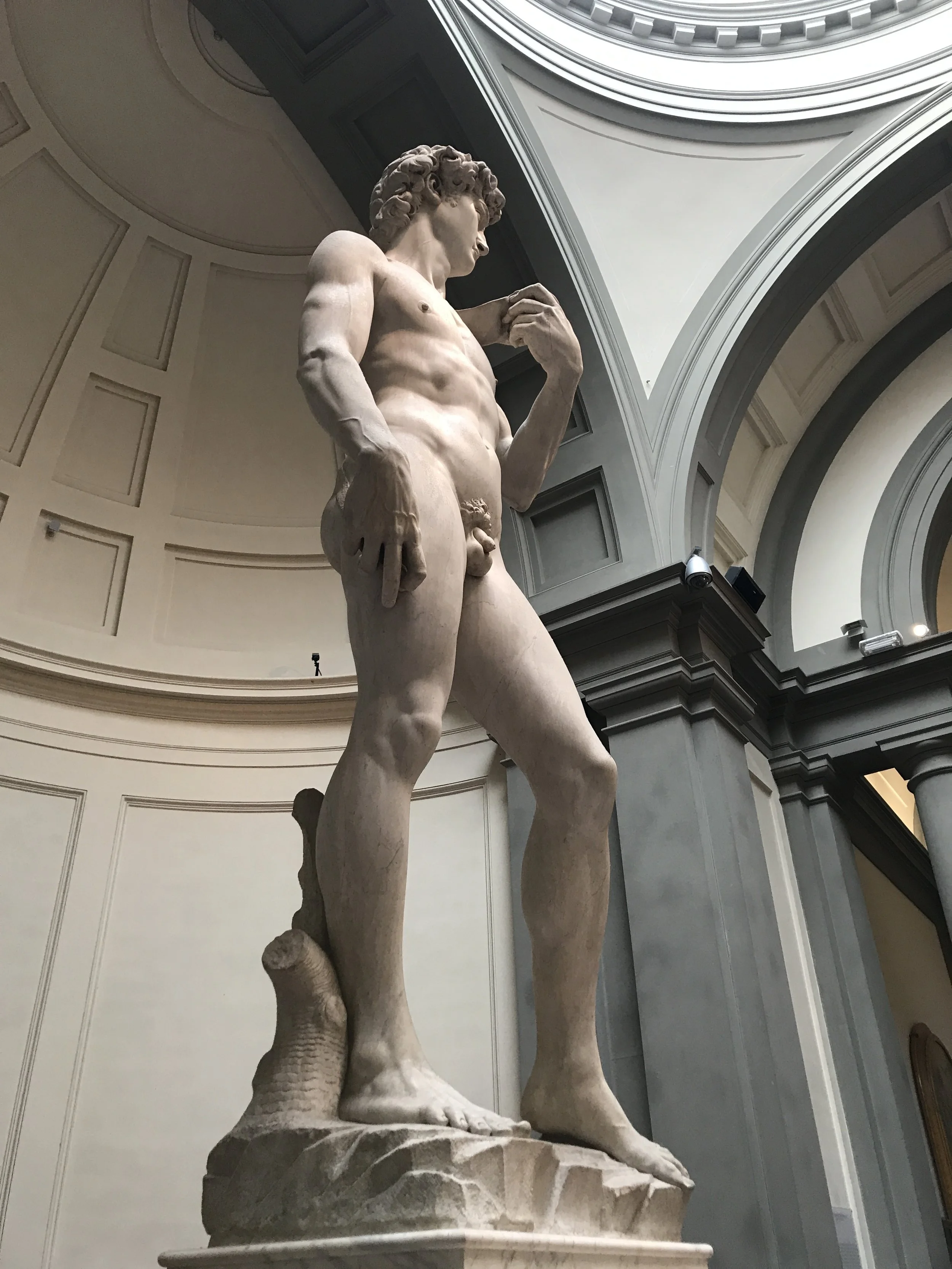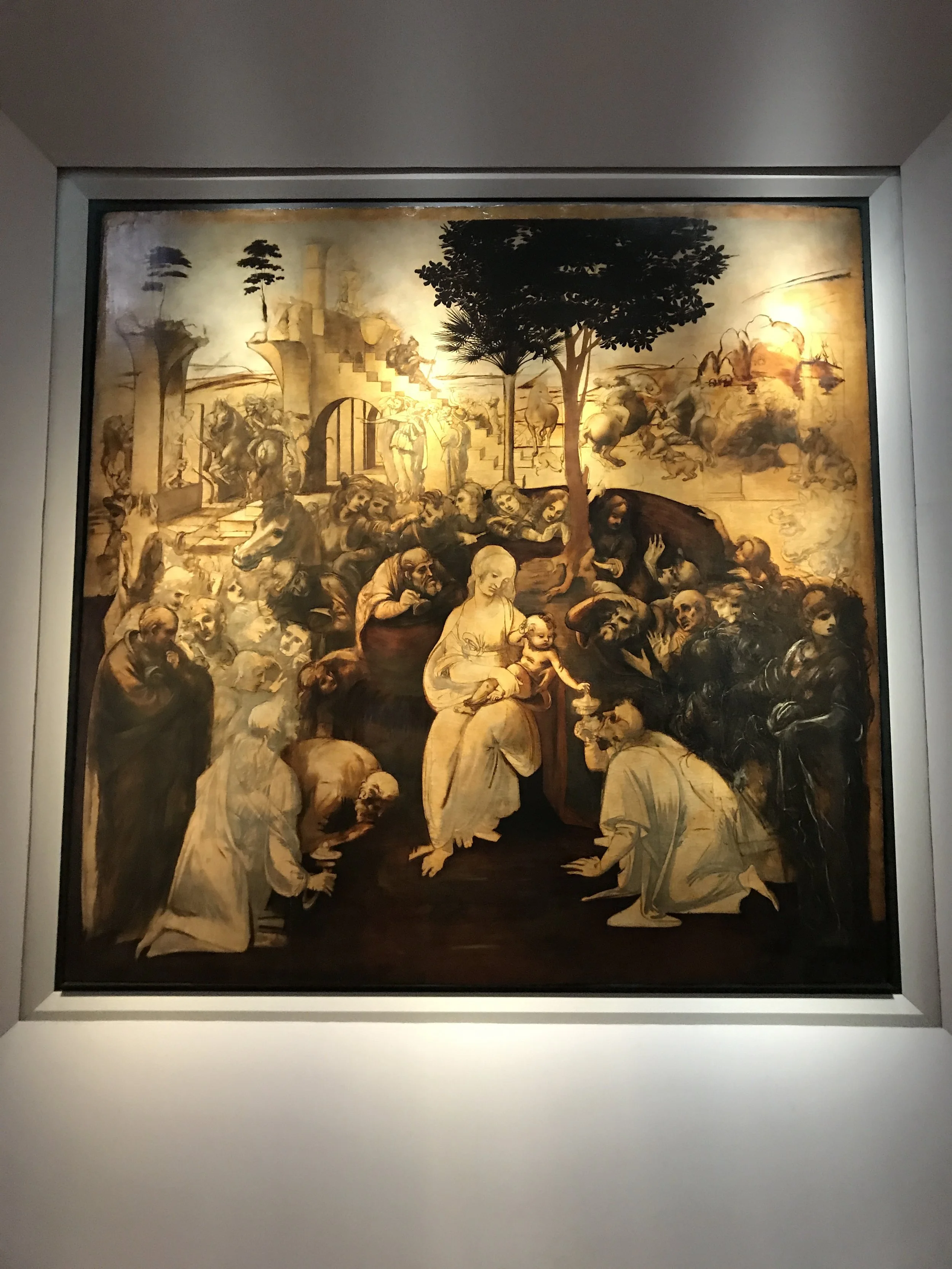Lisa & Ed Youssef
Dear Lisa and Ed,
We wanted to thank you for helping make our honeymoon the adventure of a lifetime. Because we wanted to share photos of your gifts, we decided against sending more traditional thank-you cards; instead, below is a picture gallery of what your contributions made possible!
<nerdy statement> A decade's worth of psychological research suggests that experiences make us happier than material possessions. </nerdy statement> Because we're fortunate enough to share a home with the appliances and furniture we need (IKEA furniture, but hey), we opted for a less traditional spin on wedding registries. It was our hope that a Honeyfund would offer a month's worth of incredible experiences—from dinners to sightseeing, from train tickets to hotel rooms—that we could directly attribute to the loved ones who made those experiences possible. We even carried a spreadsheet with us everywhere we went that indicated who had sponsored each activity, which helped guide us through each day.
Please enjoy the photos and captions below! If you'd like to see more pictures of our honeymoon travels, you can view the full gallery here.
Thank you again for your generosity and friendship, and for making this first chapter of our marriage possible.
Love from,
What you sponsored: A private tour of Florence
If Rome is known for its churches, Milan for its banks, and Venice for its canals, Florence would be best known for its art. The Accademia and Uffizi galleries, both located in Florence, are the metaphorical Louvres of Italy; their selections of Michelangelo, Donatello, Da Vinci, and works by other masters are among the best in the world.
In 2014, Ryan and I "did" the Louvre together: We walked in, found the wing with the Mona Lisa, took photos from the back of a claustrophobically crowded room of a block of canvas much smaller than you'd expect, given its name and reputation. After about a dozen photos each, we nodded to each other, left that wing of the Louvre, took one selfie with a painting of a particularly sassy-looking Jesus, and ended up at the Apple Store beneath the museum because free WiFi.
That was us "doing" the Louvre.
Ryan is much more of a museum-goer than I am.* I'm perfectly content walking through an art museum at a pace only slightly slower than a typical stroll through the street (this pace speeds up in modern art museums, which I struggle with), but Ryan could stand and read each and every dedicated plaque, description, and brochure available if given the time.
* Exhibit A: Our first two dates were at an art and a science museum, respectively. His choice, not mine.
So we decided to meet in the middle for our dedicated "Accademia + Uffizi" day and, thanks to you, reserved two three-hour personal tours through the museums. Although we met Joanna—who has lived in Florence for 16 years and whose background centers around Italian art—outside the Accademia Gallery long before it opened, lines were already snaking their way down both ends of the street. Joanna got us to the front of every line, led us from 14th century icons to a long train of unfinished sculptures by Michelangelo, explained the David's every awe-inspiring detail, and then led us through the streets of central Florence. We saw Orsanmichele, a 1337 grain market that slowly transformed into a place of worship over the years (while still maintaining its dedication to grain storage and retrieval). We saw the Basilica di Santa Trinita, learned about centuries of Medici scheming and drama, and ended by a wall of the Uffizi gallery that was raked with snaking cracks, damaged bricks, and missing plaster. A single olive tree was planted at the foot of the wall as a symbol of peace and resilience after the Mafia set off a car bomb on that exact same day, 24 years ago. It was the Mafia's attempt to damage the Italian state's successful tourist economy, particularly after Italy made a strong statement against the Mafia only weeks before.
We then set off for the Uffizi, where we met our tour guide Sashia. She spent the afternoon taking us through galleries of Michelangelo and Da Vinci, of ancient Roman statues and newer bronze sculptures, of medieval frescoes and mannerist interpretations of the (already dead) renaissance. I finally understand why Botticelli's Primavera and Birth of Venus are such famous works of art, and we were lucky to see a newly restored work by Da Vinci depicting the Adoration. The Uffizi spent the past six years carefully removing centuries of soot and grime from his unfinished painting, revealing new colors, figures, and interpretations that no one had been able to distinguish before. It wasn't unveiled to the public until this past March, and is now one of the main attractions in the gallery.

























